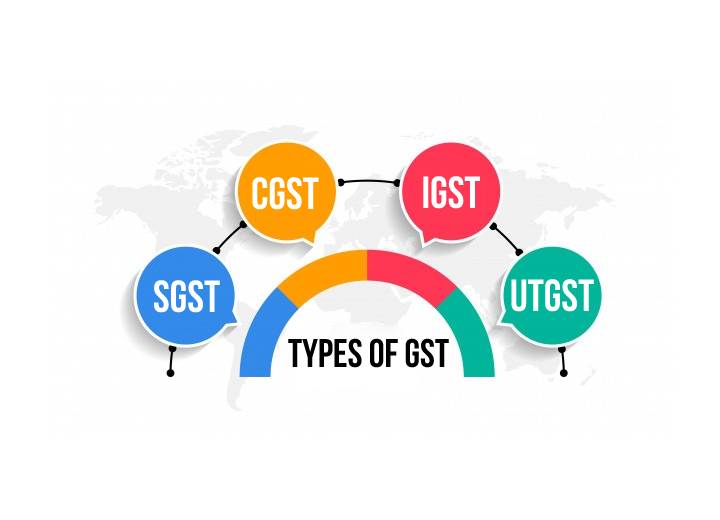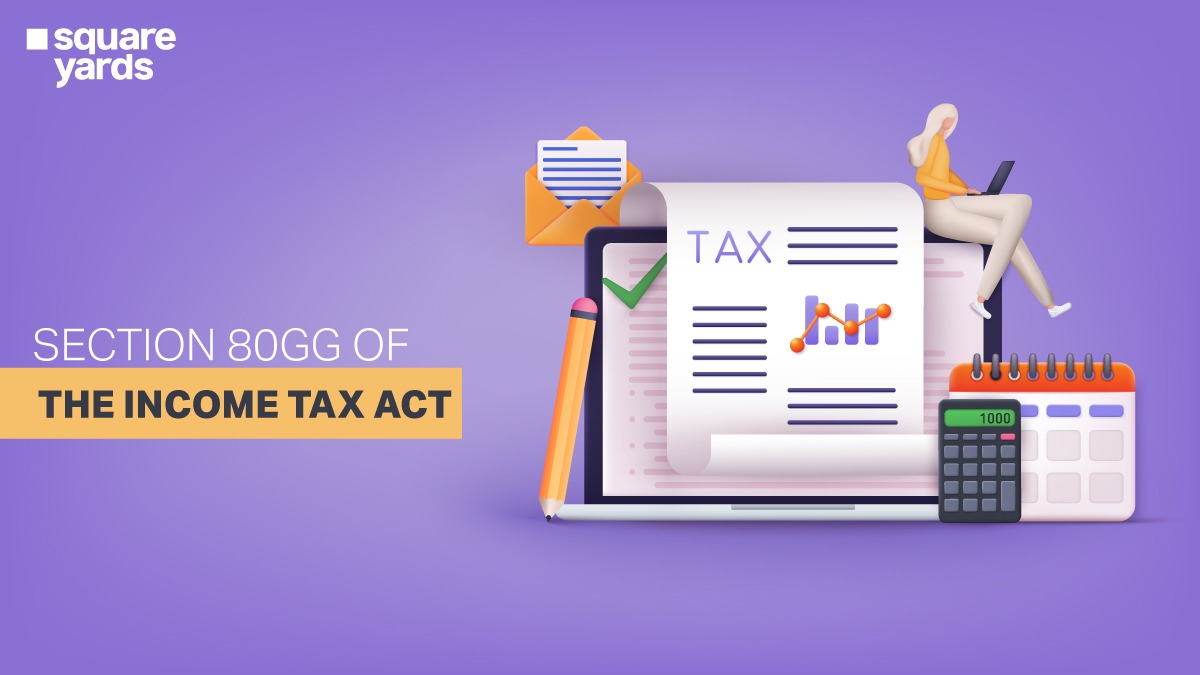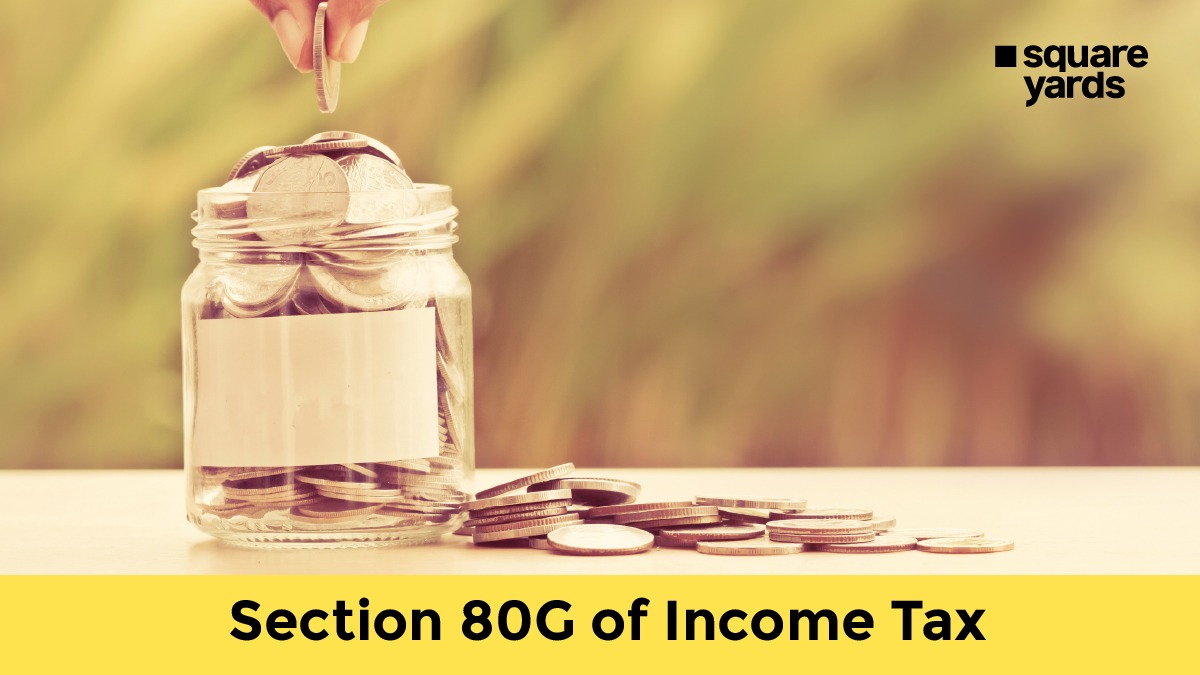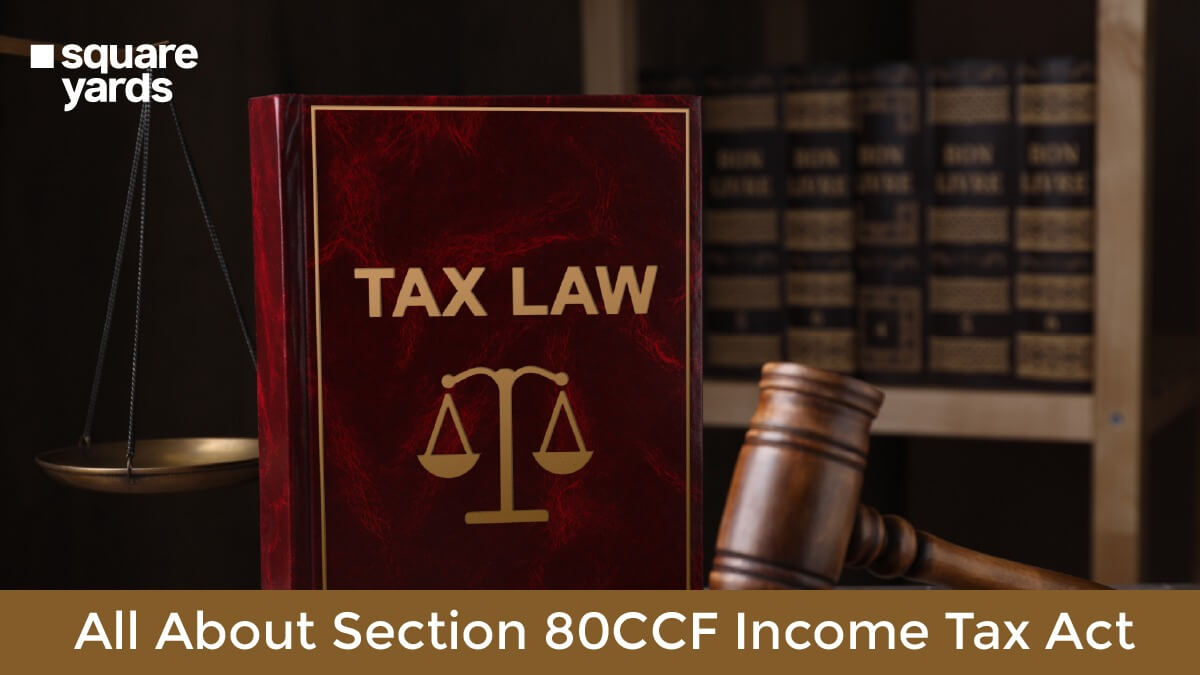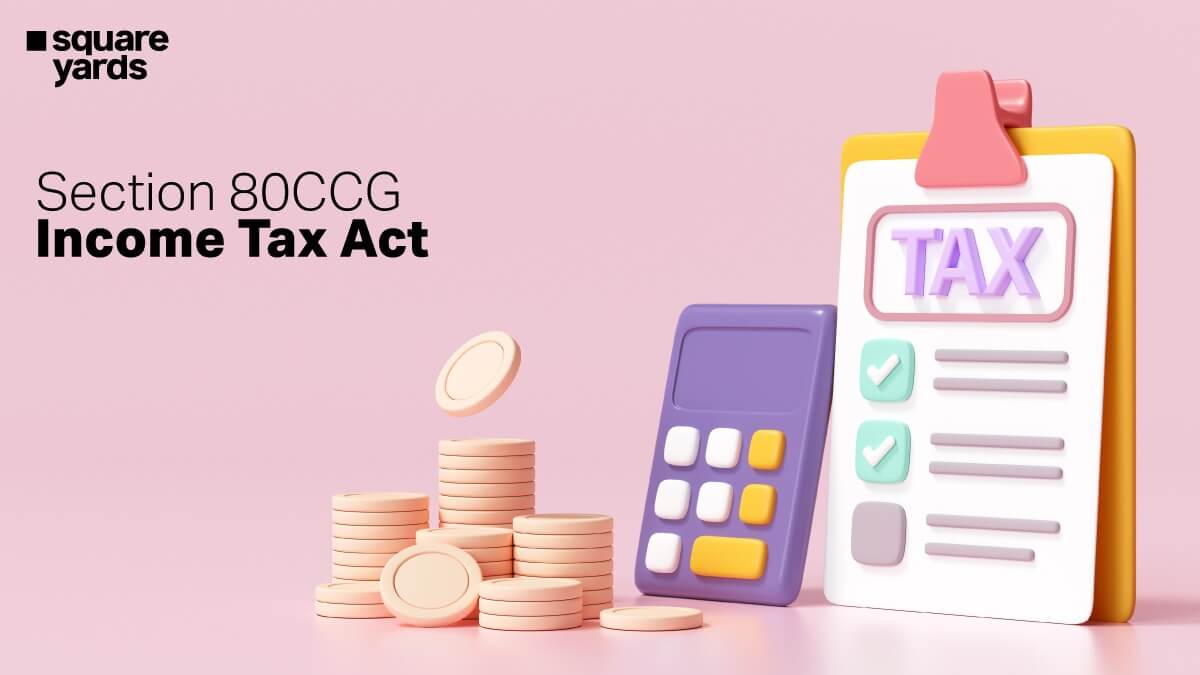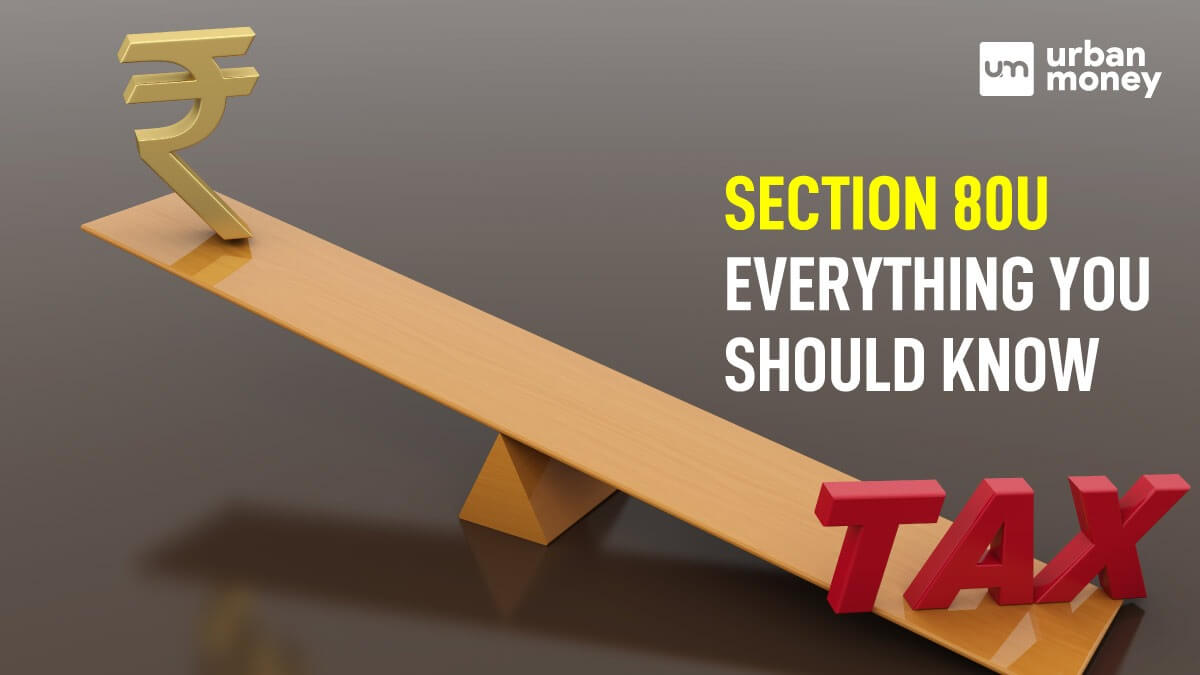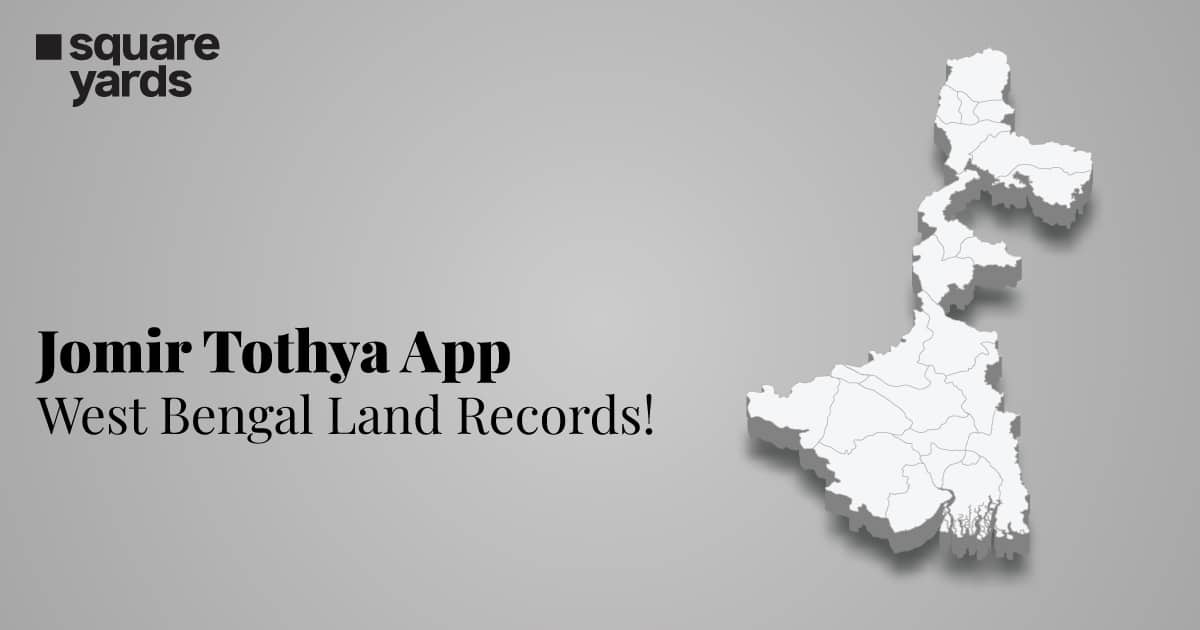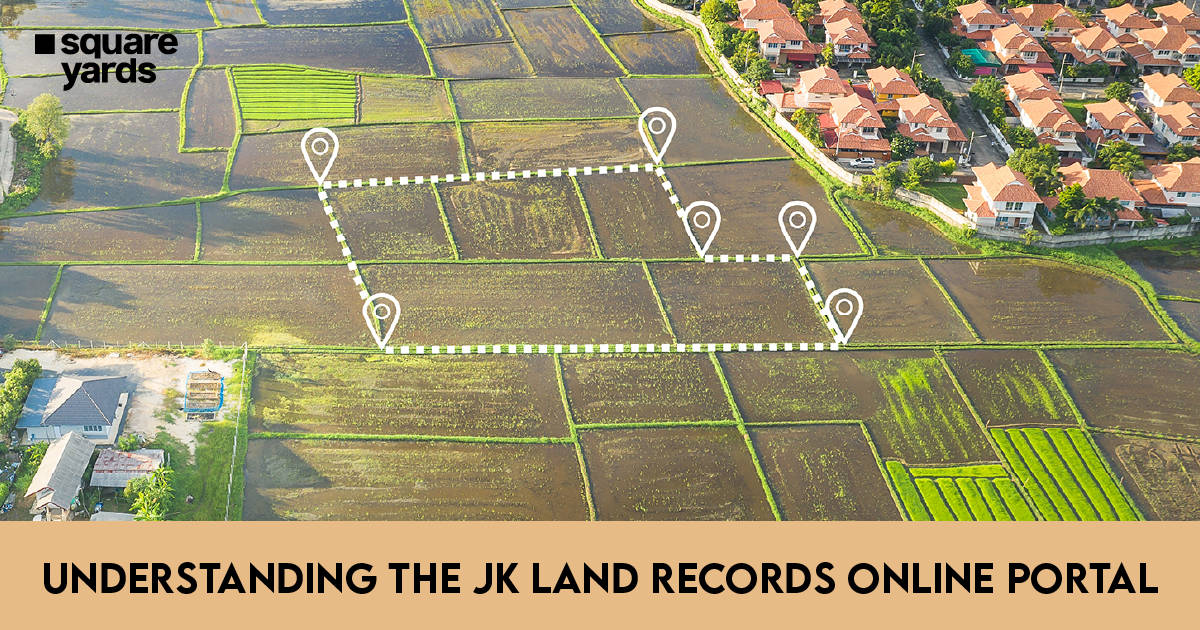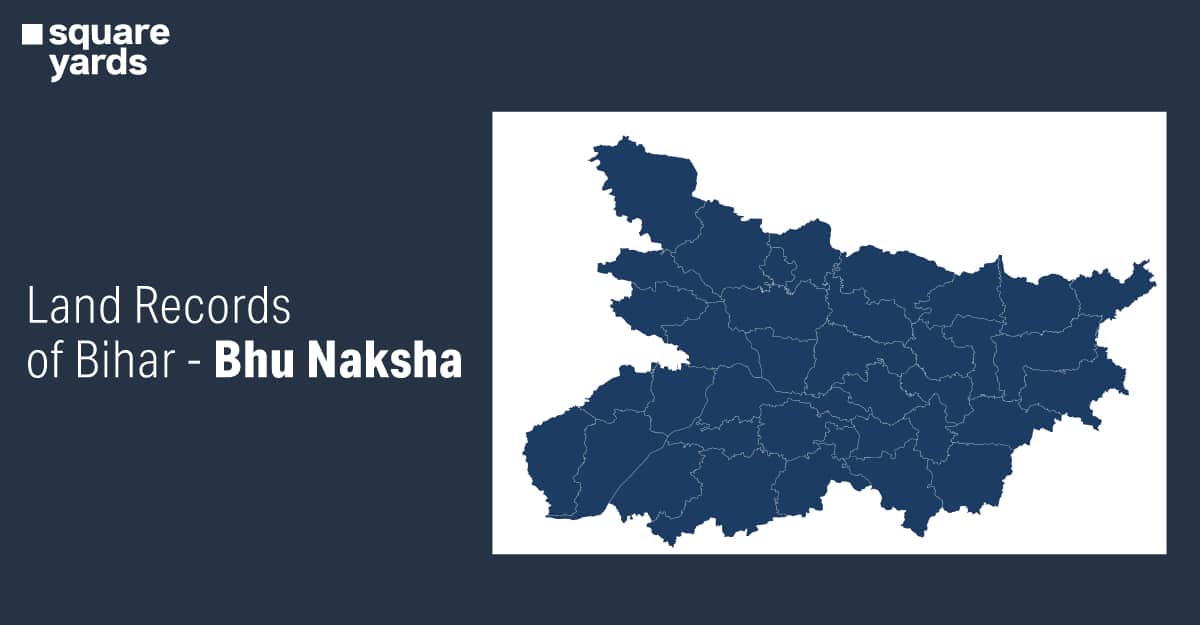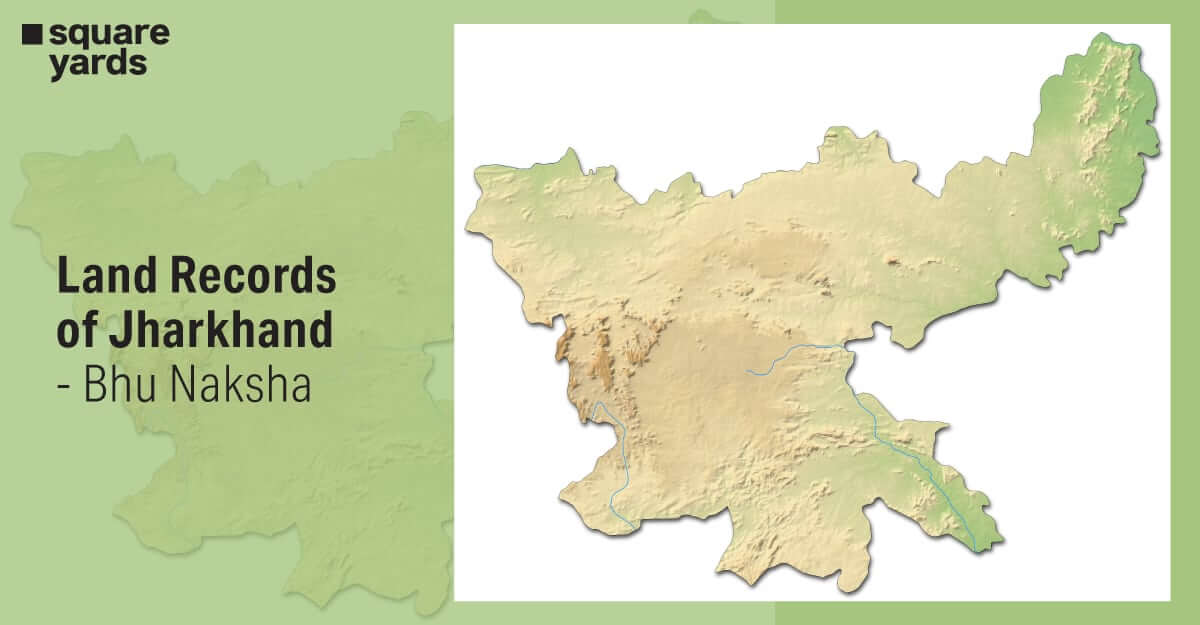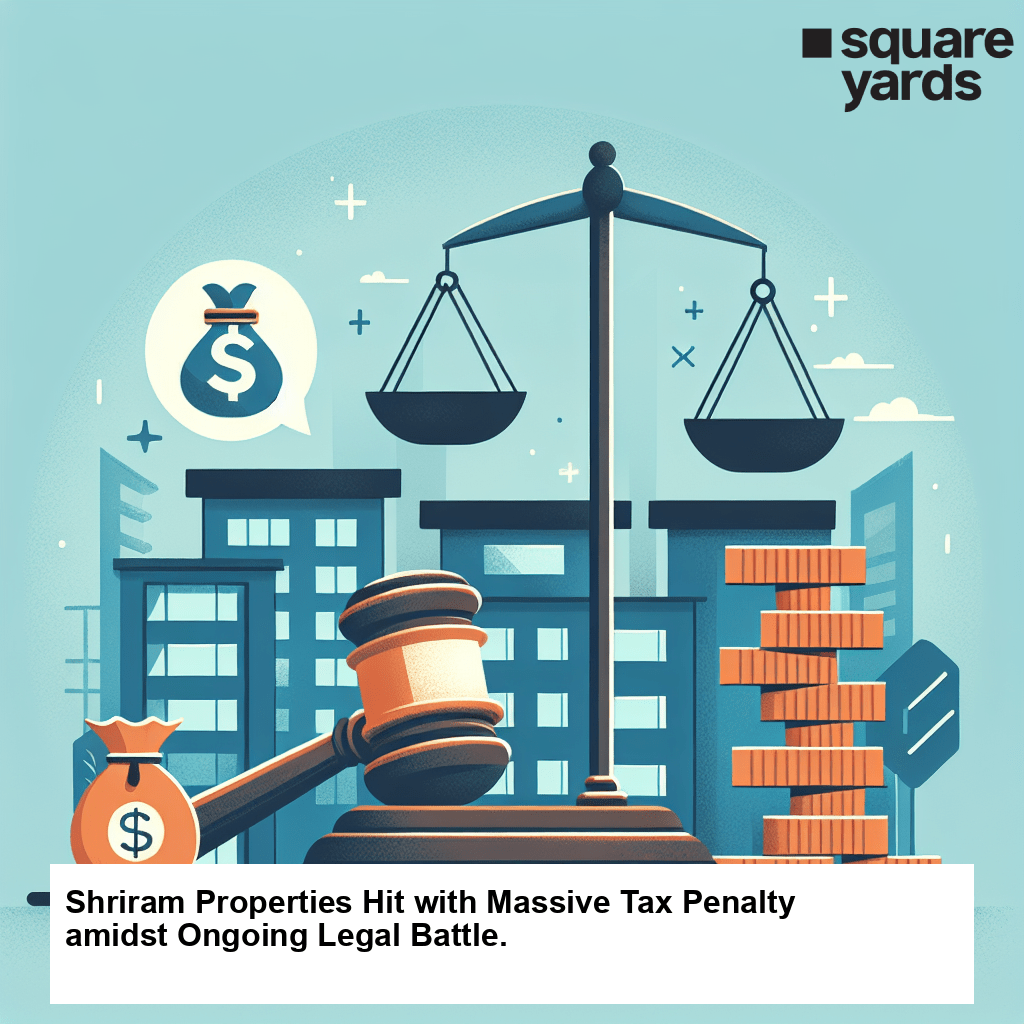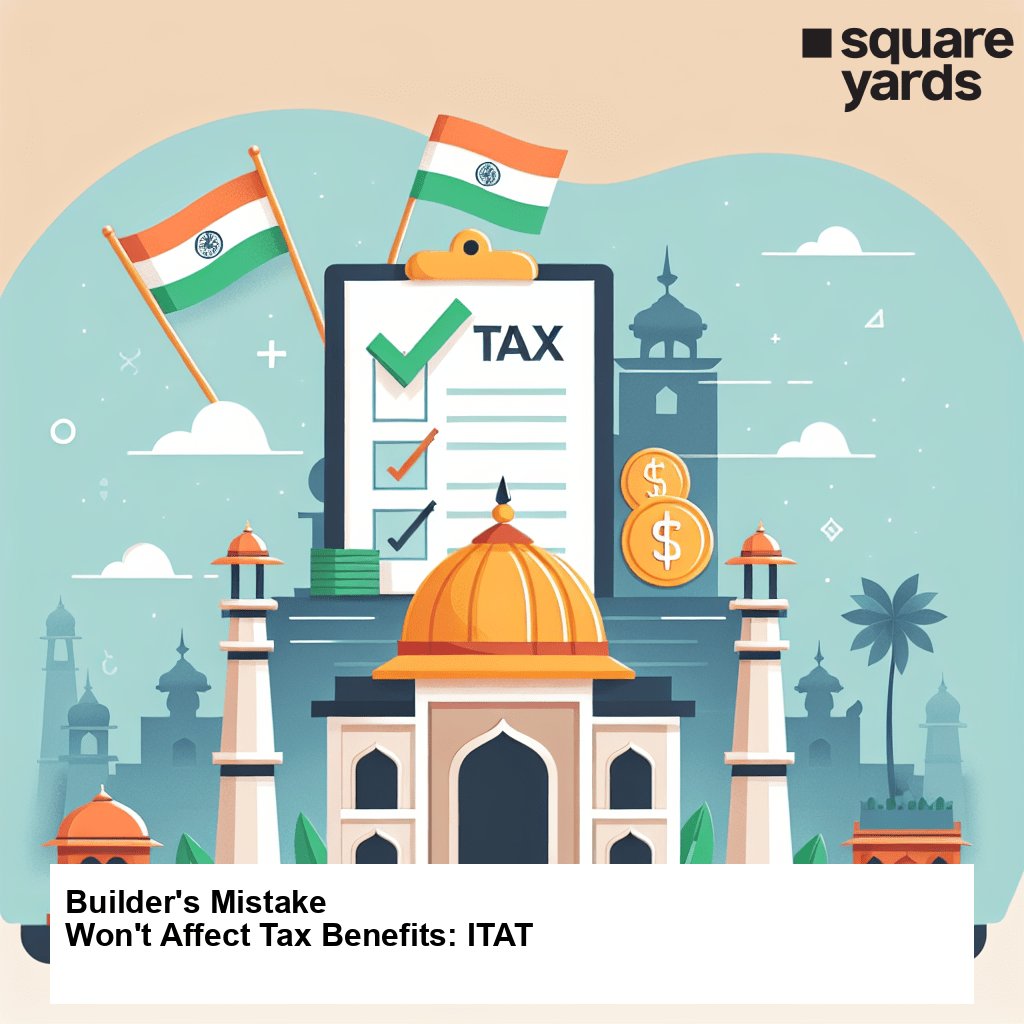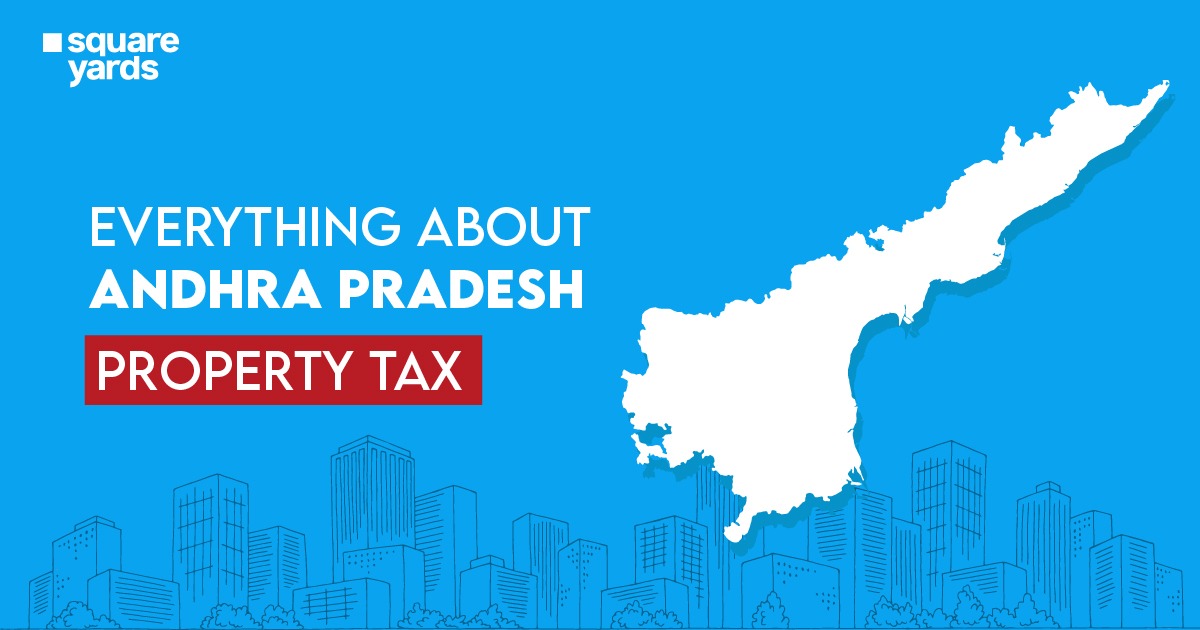GST has revolutionized the taxation regime on goods and services in the country. But it comes featuring certain types of taxes that deal with different slots of taxation rates. How do they work? Who they are for? Read on to understand four types of GST– IGST, SGST, UTGST and CGST and their workings.
About Goods and Services Tax
GST, the Goods and Services Tax, refers to the indirect tax that is charged on the supply of goods and services. It is a comprehensive type of tax that is imposed on the value addition due to which a number of indirect taxes like VAT, service taxed and excise duty etc. are replaced.
GST has subsumed taxes like VAT, purchase tax and luxury tax along with central taxes such as central excise duty, customs duty, and service tax. Now it is studded with the one-tax regime ethic that features a four-layered breakdown which enables the center as well as states to impose taxes.
Types of GST
Here are the 4 types of GST in India-
- SGST (State Goods and Services Tax)
- CGST (Central Goods and Services Tax)
- IGST (Integrated Goods and Services Tax)
- UGST (Union Territory Goods and Services Tax)
Let us now head to the explained side of these taxes.
-
State Goods and Services Tax (SGST)
The SGST or State Goods and Services Tax refers to a tax that is imposed under the GST regime and is applicable to the transactions which take place within states. In the case of any intrastate supply of goods and services, both the State GST as well as the Central GST are imposed. Both are levied on the goods and services by the state in case they are sold or purchased within the state.
This type of GST regime is administered by the SGST Act and it is the respective state that can claim the revenue generated upon this type of tax. Let us understand how it works through an example-
If a trader from the West Bengal state sells goods to a customer in the state for Rs. 7,000, the GST levied on that transaction will include CGST and SGST partly. If the tax rate under GST is 18%, then it will be split into two parts- 9% in the form of CSGT and 9% in the form of SGST. This calculates the total amount to Rs. 8260 that will be charged by the trader including Rs 1260 as per the taxation.
Out of this amount, the revenue earned under the state head which is Rs. 630, will go to the state government of West Bengal as SGST.
-
What is Integrated Goods and Services Tax (IGST)
Next is IGST, the Integrated Goods and Services Tax that is levied on the interstate supply of goods and services. This type of taxation regime is also governed for imports and exports and is looked after by the IGST Act. Here, the Central Government is the body that is responsible for the collection of taxes.
Let us understand this with an example- if a trader in West Bengal sells goods to a customer in Karnataka for Rs.7,000, IGST will be imposed because of the interstate nature of the transaction. If the GST taxation rate that has to be charged is 18%, the trader will have Rs. 8260 for the goods. In this amount, Rs. 1260, will go to the Central government in form of IGST.
-
Central Goods and Services Tax- CGST
Just like State GST, the Central Goods and Services Tax of CGST is a tax under the GST regime that is applicable on intrastate (within the same state) transactions. The CGST is governed by the CGST Act. The revenue earned from CGST is collected by the Central Government. As mentioned in the above instance, if a trader from West Bengal has sold goods to a customer in West Bengal worth Rs.5,000, then the GST applicable on the transaction will be partly CGST and partly SGST. If the rate of GST charged is 18%, it will be divided equally in the form of 9% CGST and 9% SGST. The total amount to be charged by the trader, in this case, will be Rs.5,900. Out of the revenue earned from GST under the head of CGST, i.e. Rs.450, will go to the Central Government in the form of CGST.
-
Union Territory Goods and Services Tax (UTGST)
Then there is UTGST, the Union Territory Goods and Services Tax, which is imposed on the supply of goods or/and services within the swathes of Union Territories of India. This type of GST applies to the type of supplies that are undertaken across Chandigarh, Andaman and Nicobar Islands, Dadra, and Nagar Haveli, Daman Diu, and Lakshadweep. UTGST is administered by the UTGST Act and the revenue that is earned from this type of GST taxation is collected by the government of Union Territories. To put it simply, the UTGST is the SGST of Union Territories where the UTGST is imposed as an addition to the CGST type of tax in UTs.
How to Determine if CGST, SGST, UGST or IGST is Applicable?
The most important factor impacting where these different types of GST are to be applied has to be the location of the supplier and the customer of goods and/0r services. Know that the GST regime gathers it into consideration with the two types of transactions tweaked by which the applicability of GST is taken a call on.
Let us take a look at and understand two ways a location devises the decision on which type of GST is to be applied in what circumstance-
-
Inter-State transactions
When and if the transactional activity is carried in between a couple of different states, in this case the IGST is applicable. For instance, if a supplier carries out the supply of goods from the state of Jharkhand to a customer in the state of Punjab, then IGST is to levy in this case. In this picture, the IGST type of GST regime is gathered by the central government that has to be divided between the government of Punjab (that is the state of consumption) and the Centre.
-
Intra-State transactions
When any transactional activity is acted upon within the swaddles of one state, in this case both types of GST- the SGST as well as CGST are to be applied at the time of collection of the tax. For instance, if a supplier from the state of Jharkhand carries out the supply of goods to a customer who is there in Jharkhand, a 5% of GST will be levied. This tax is to be collected by the supplier from the customer. In this picture, 2.5% will be CGST and 2.5% will go to the SGST 5% as the constituents of GST that have been collected. The tax collected is to be diverted directly to the state government and central government.
Intra-State transactions allow both the SGST and CGST while the IGST is imposed on goods and/or services transactions that are carried out between different states. On top of that, a customer is not required to spend an additional amount of money, given the CGST and SGST rates, when combined, equal IGST. This system has accented uniformity in practices in the infrastructure of taxation. Ultimately, it is a treat in the favor of both- a seller and customer.
Why Split Into SGST, CGST, and IGST?
The implementation of the GST regime in the country is remarkable for many reasons. The foremost importance of GST lies in the fact that it stamps out other types of taxes that used to come in a cluster from the side of Central government and State government. Besides that, there used to be a different set of mechanics and rules & regulations for taxation rituals in every state. As an answer to that, the uniformity was dismissed and the internal trade system in the country was impacted to haywire. Ever since the “One Country, One Tax-Rate” thought in the guise of GST, the comprehensive regime of taxes came into existence and the country became an ultimate prowess of economy due to a free-flow of tax workings around. It has only made practices more feasible and well-organized.
YOU MAY ALSO LIKE
Frequently Asked Questions (FAQ’s)
Are GST and IGST different from each other?
GST refers to a percentage of income tax that is to be paid in the case when any profit or loss in the sale of goods and services is commenced. It has to be paid to the deductor. On the other hand, IGST is one of the types of GST which the supplier pays in case of any interstate supply of goods and/or services.
What are the types of GST?
The four types of Goods and Services tax are SCGT, CGST. IGST and UGST.
Who should pay GST?
Any company or individual who draws a turnover of Rs 20 lakh (Rs. 10 lakh in some states) and more in a financial year is liable to pay GST.
Is it important to pay GST?
Yes. It is necessary to make a GST payment. Failure to pay GST can lead to many repercussions including penalties.


